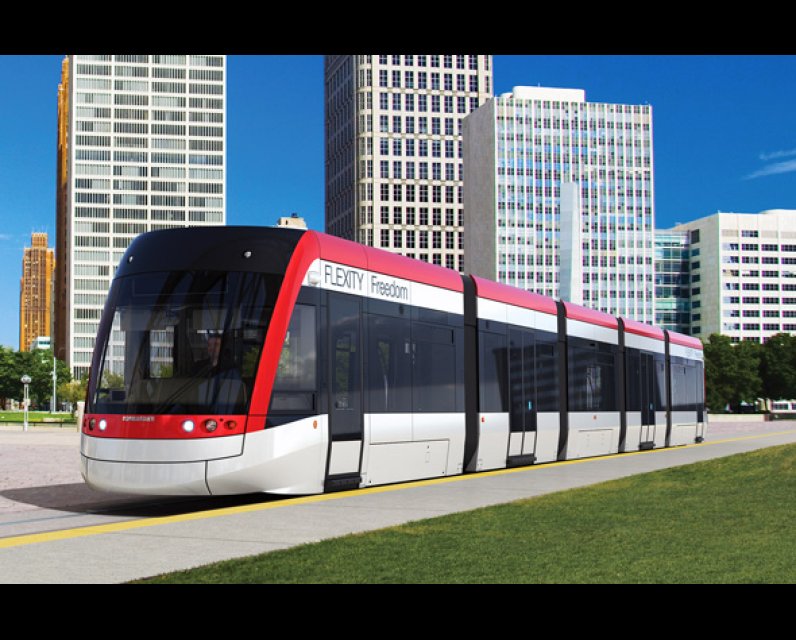Unpublished Opinions
Note to readers: Phil Brown passed away in November 2015. Please see his bio and letters he wrote on municipal affairs. Phil was a friend and mentor to UO President James O'Grady. He will be missed.
-------------------------------------------------
As President of Jackson-Brown Associates, Phil Brown has delivered a wide range of planning and project management services to non-profit, public and community service agencies and institutions.seeking to develop or otherwise acquire new facilities. He has worked with community health and resource centres and other community and institutional clients as well as non-profit and co-operative housing sponsors and government agencies.
Over the course of a career in development dating back to 1983, Phil Brown has developed more than 35 projects valued at over $175 million, comprising over 800 residential units and 400,000 square feet of institutional space. Previously, he has worked as a municipal planner and planning consultant and as a radio broadcaster.
He is a Registered Professional Planner (RPP), and full member since 1979 of the Canadian Institute of Planners and the Ontario Professional Planners Institute. He is also a licensed Real Estate Sales Representative with Coldwell Banker and presently Chairs the City of Ottawa Committee of Adjustment. He has also served on several community service boards of directors.
Common Sense Needed for Western Extension of LRT

It's time for some common sense to be applied to the westerly extension of the Transitway.
The City is obsessed with not routing the LRT down Carling Avenue and no argument is about to shake their conviction. They will continue to fix the analyses to ensure that Carling remains the most expensive option, without even trying the kind of value engineering on the Carling route that they have been doing on the Richmond Road options. Moreover, the City refuses to factor in public opinion and the benefits of adopting a route that has lots of popular support and few naysayers over a route that will have the adjacent communities manning the barricades.
With LRT, Carling could become the location of choice for intensification. Carling can handle the scale that is presently being contemplated in neighourhoods to the north where the roads simply are not suitable for such heights and densities. Light rail will bring the kind of intensification and redevelopment that Carling really needs and where it will be completely appropriate and compatible with the street. Besides, it is common knowledge that the best place for rail rapid transit is along high density corridors, not on the periphery of a low density neighbourhood at the edge of the urban area, and that is precisely the advantage that a Carling routing offers.
Moreover, Carling Avenue offers the additional benefit of having a number of service, commercial and business nodes strung out along its route. Part of the success of systems like the Toronto Subway is that they connect such nodes and encourage new businesses and services to locate at them. In this way, the Transit system can encourage employment growth across the urban area instead of concentrating it all downtown, and over time more and more suburban commuters will end up only commuting as far as Lincoln Fields, Carlingwood, or Westgate.
The problem is that the Planners can't get beyond viewing the westerly light rail extension as a way to speed suburban commuters downtown and are only paying lip service to serving people living along the route. They argue that Carling will be too slow because there will be too many stops and too many intersections. In fact, a light rail line along Carling wouldn’t need more stops than would a line along Byron, provided they were smartly located in conjunction with primary density and service nodes like the shopping centres and hospitals and had good supporting bus services. Of course, when it comes to serving Barrhaven, the City continues to insist on routing transit along two sides of a right angle triangle instead of taking the much more efficient hypotenuse route by negotiating a deal with VIA Rail to run LRT on the railway ROW.
But what the Transportation Planners in particular really don't seem to like is that an LRT line might actually mean some reduction in Carling Avenue's ability to move cars. They don’t want to diminish Carling as a relatively high speed and high capacity arterial road, even while they pay lip service to encouraging more people to take transit and leave the car at home. With light rail, they may have to lose a traffic lane and cross-streets would need controls timed to give priority to trains which is how this route can be used without having to resort to expensive grade-separation. This has been done successfully in many other cities, so why not in Ottawa?
But instead the City remains blind to the many benefits of LRT for communities along the route and would just as soon express the LRT past them (as is presently the case with the Parkway bus routing) even though conventional transportation wisdom would have high capacity high speed rail located centrally to the existing highest density areas – which in the case of west Ottawa means along Carling.



Comments
Be the first to comment